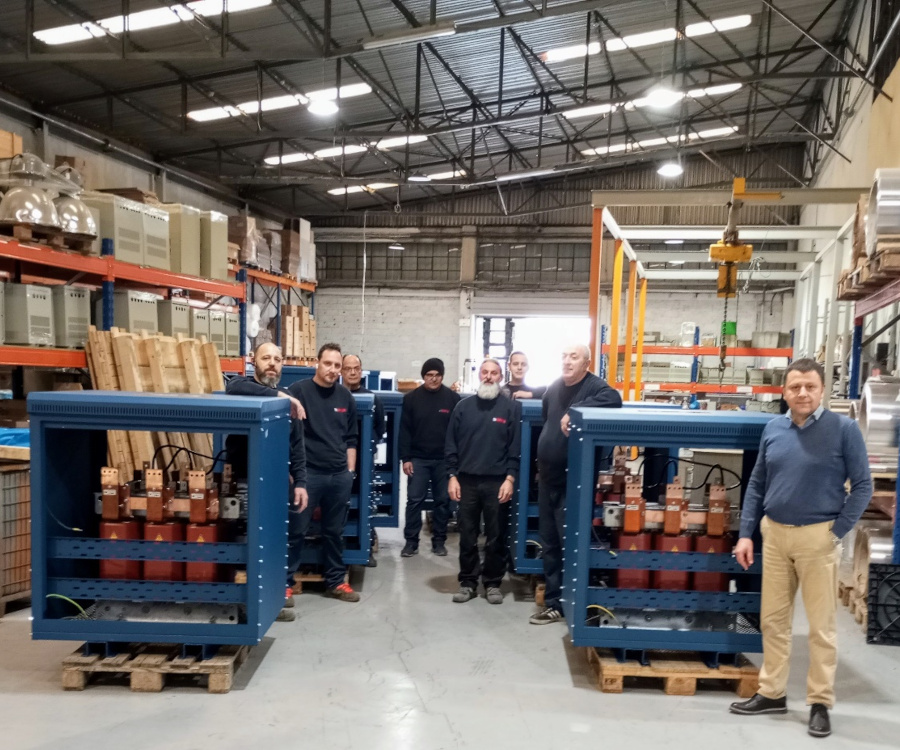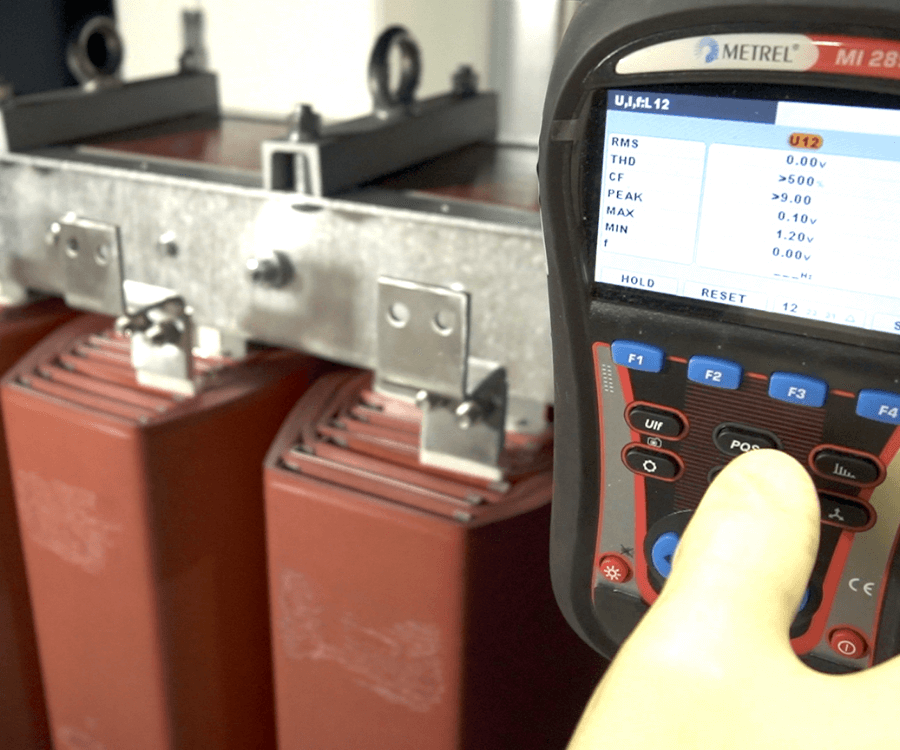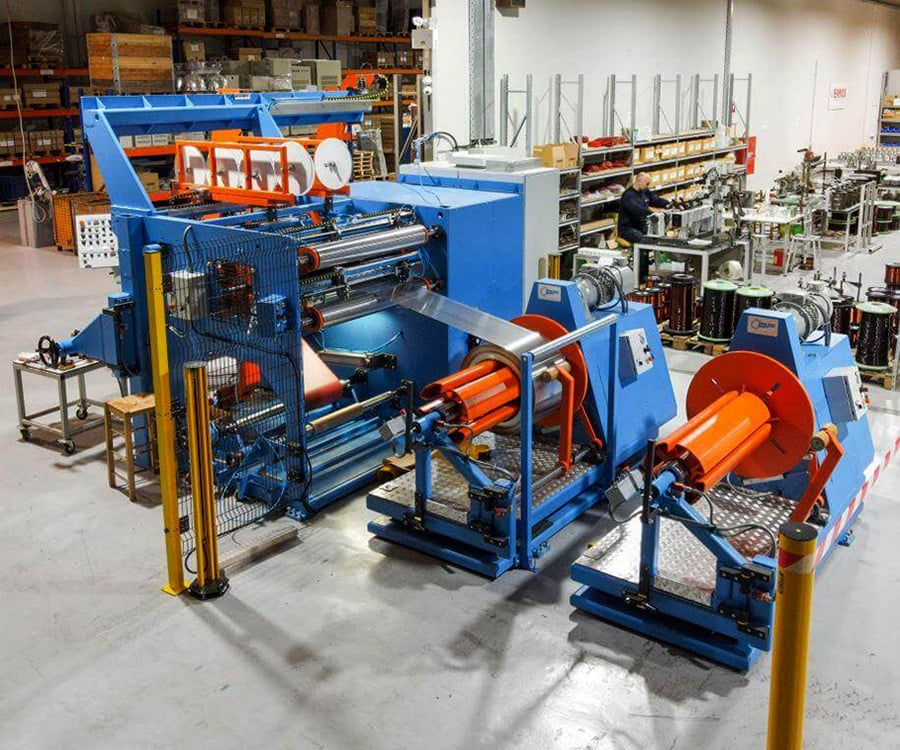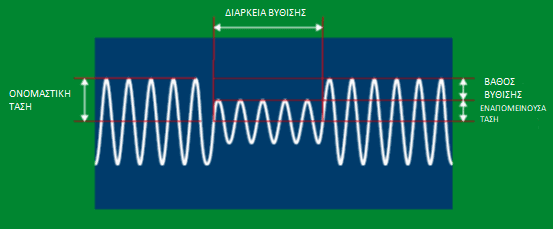Choosing and installing a transformer, if not done properly, does not ensure its smooth operation throughout its life. It is not uncommon to cause errors that may be due to factors other than the transformer itself.
Such factors may be an incorrect choice of interrupting devices, variations in the supplied load, incorrect selection of the way of installation, and other factors related to the overall electrical installation. Unfortunately, we notice that in cases of errors, appropriate actions to deal with them are not always followed, whether due to ignorance or for other reasons. The result is that there are costly actions that involve either the replacement or the test of the transformer, and these errors could be corrected by simpler, less costly actions.
We will now refer to the 3 most common errors that occur during the installation of a transformer as well as the correct way to deal with them.
1. Change of connected load
In many cases, users’ needs are changing and usually growing. For example, a frequent case is replacing – for energy and cost savings purposes – two 40W incandescent lamps with two 10W LED lamps.
Many times, the electrician – installer suggests replacing the transformer with a higher power rating. But what must be preceded the replacement is to check the power capacity of the existing transformer.
If the existing transformer is 80VA, then this transformer is sufficient and, in addition, it is possible to add another LED of the same power . Therefore, its replacement is not the right solution and leads to unreasonable costs.
On the other hand, if the two incandescent lamps are replaced by four LED lamps, then this will involve the extension of the load. In this case, the power adequacy check of the transformer will show us that the power of the existing transformer is insufficient, so the transformer should be replaced with a higher power. The low power factor (cosine) of the LED lamps is contributing to the increase in the necessary power of the transformer.
Special attention should be paid to the indicated power of the transformer. If the transformer is certified, its declared power is its actual power. However, if the transformer is not certified, a transformer with a higher rated power should be purchased to meet the load needs, but this will entail higher purchase costs.
2. Incorrect choice of interrupting device for the transformer’s protection
A very common error is that the installer selects the line’s fuse to protect the transformer’s output (secondary winding), leaving the transformer unprotected.
For example, if a 10A fuse is required for a line and the transformer is 230 / 230V 500VA, the transformer must be protected with a fuse of 2A, connected to the secondary winding.
Certified EMMIS Transformers show on the nameplate the correct fuse with which the transformer output should be connected, informing the installer.
Another very common error is the choice and installation of a fuse with the wrong curve for the transformer’s input, although this fuse may be correct with respect to the rated current.
This results in the transformer opening the circuit, giving the installer the wrong impression of being short-circuited. In this case, the installer – incorrectly – suggests replacing or testing the transformer.
The correct solution to this problem is to replace the fuse with a D or K curve, as inrush currents are generated at the start of the transformer, which are instant but multiple times the nominal current.
Replacing a fuse involves far less cost than replacing or testing the transformer.
The Transformer’s protection should be specified and installed during installation to eliminate the case of an error, which – even when it occurs – involves a much higher cost of replacing the damaged load and the transformer itself than the original purchase and installation of a fuse or a circuit breaker.
3. Incorrect choice of installation space
Another error we observe is the space where the transformer is decided to be installed. Many times, the transformer is placed in a sealed cabinet, along with other protection devices, without the necessary ventilation.
Placing a transformer inside such a cabinet is wrong because it causes the transformer to overheat, resulting in increased losses. Without the necessary ventilation, the temperature of the transformer tends to equalize to ambient temperature. Ambient and cabinet temperatures have a direct interaction with the transformer temperature. As long as the transformer is operating in overheating mode, its insulating materials age faster, depending on the degree of overheating to which they are subjected. By destroying insulating materials, the transformer will need to be replaced immediately. Also, when the transformer is in overheating mode, its actual power is reduced.
This multiplies the resulting maintenance costs, as the cost of purchasing new transformers will add to their extraction and installation costs.
The transformer must be installed in special cabinets with natural ventilation or in sealed cabinets equipped with the necessary fans and filters to ensure proper functioning of transformers and reduce maintenance costs.
In order to better serve the needs of an electrical installation, certified EMMIS transformers from 2KVA and above (for single-phase transformers) are also manufactured with an IP20 degree of protection (contact protection).
For powers below 2kVA, EMMIS has designed and manufactured special metal boxes with openings for the necessary ventilation and easier installation of the transformers.
Three phase transformers can be manufactured with an IP20 degree of protection from the power of 1kVA.
Certified EMMIS Transformers are manufactured for an ambient temperature of 40°C, which means they deliver their nominal values up to this ambient temperature.
According to the enclosed instructions for use and installation, installation should be carried out in a sufficiently ventilated area, or in a watertight cabinet with forced cooling systems (waterproof fans and filters). These instructions describe the necessary actions and conditions that must be observed when installing a transformer.
The technical department of EMMIS is always at the disposal of the installers, who are the only ones responsible for selecting and installing a transformer, for any support, advice and proposal for transformer selection.










